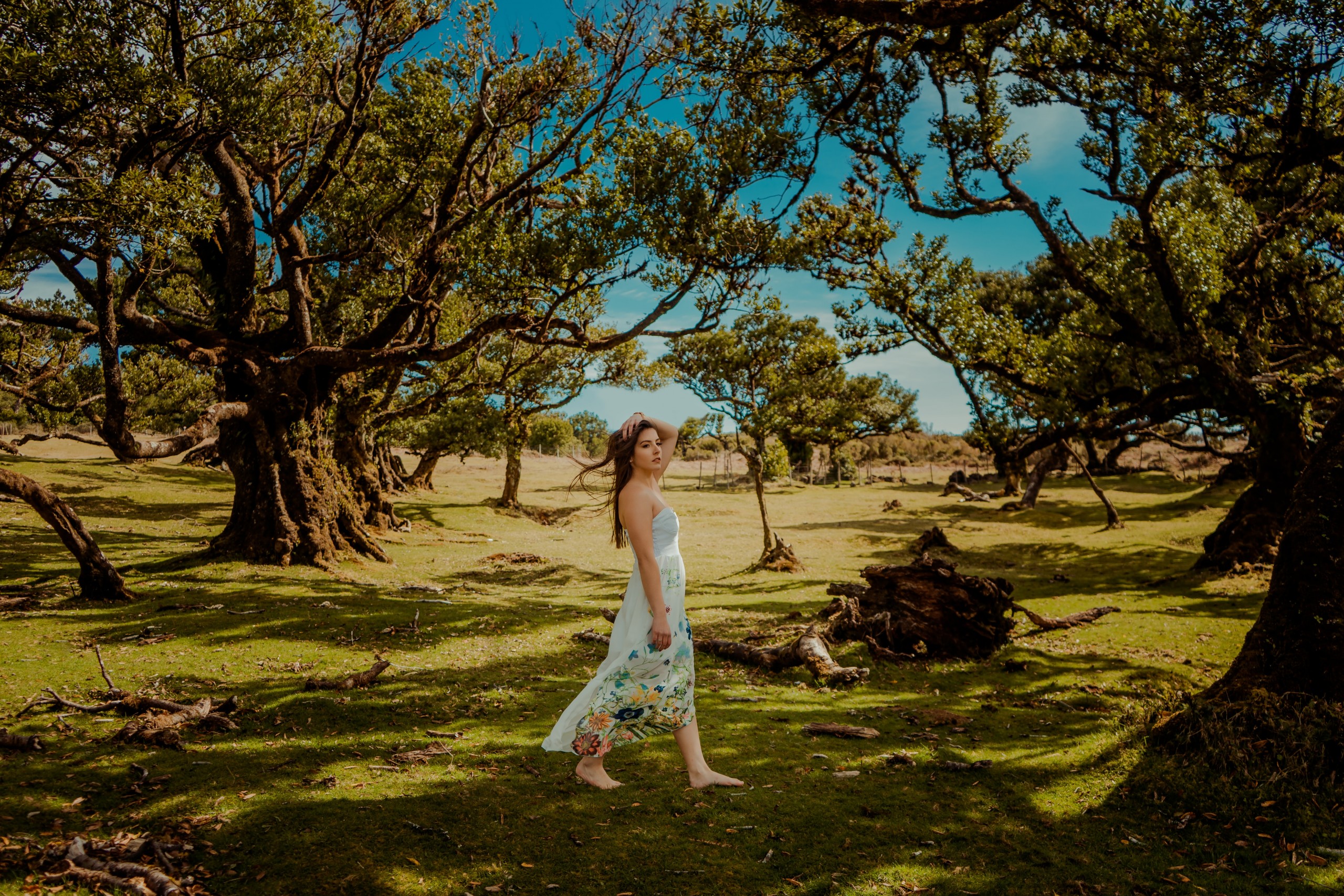Sustainability has been an incredible force in our industry and has become top of mind not just as we have our eyes on climate change but also as we look at the changing values and behaviors of our customers.
How Has Retail Sustainability Shifted?
Age Demographics
Gen Z’s and Millennials are increasingly looking at brands that are implementing sustainable development goals into their business models. Brands that are standing for and doing something internally within their business models.
Green Marketing
The levels by which people are using green marketing to their benefit can be judged in terms of two different components. Greenwashing, those who are claiming to do things for the environment, and those who are implementing strategies into their business. The best brands out there are those that have specific brand value tenants that are not just customer-focused but environmental and people-focused.
Below are a few ways for you to implement sustainability strategies into your business model:
- Reflecting on the 17 sustainable development goals from the United Nations your business can align itself.
- B Corporation Certification: In 2021, when consumers notice the certification at the footer of your website , they start to build creditability of your sustainable brand.
- Cater to an affluent type of consumer: Traditionally, sustainability was relegated to those affluent and luxury consumers after all , the supply chain was quite taxing for products that were organically produced with fair labor practices. If you start to stack up all the ways in which a brand can be sustainable you end up finding yourself potentially only able to cater to an affluent type of consumer and brands with a very small profit margin can take a stance on what it is you can implement within your business.
- Aligning with your values: In a recent conversation with one of the co-founders of Cuyana, they’re looking for ways in which the business can do better. We discussed coming at it from the perspective of “here’s what we do implement” and “here’s how we’re looking to”. Giving your customers a true sense of the fact that you are human and trying to do your best to be sustainable and ethical is critical.
- Vendor relationship: How your employees are looking at sourcing vendors. For example, when it comes to things like your paper resources or the agencies that you’re working with when it comes to developing those practices. It becomes very important to come up with your mission statement, your core values, and making sure that it aligns with the customer’s market fit.
Sustainability Innovations
- New types of fabrics: Apple leather and banana fabric.
- Upcycling: Creating new clothes out of old materials.
- Vintage: Double Ralph Lauren just came out with products that were focused on showing a vintage curation. This means alongside those full price products they’re selling used clothing.
Distributing Access To Products
When we start to think about how we’re able to access products, we should find ways of making them democratized so consumers at any income level can have a better chance at purchasing power and make an impact with their money. The market is working on collaborations and relationships by getting these kinds of sustainable globally produced products into outlets and off-price retailers. Ask yourself, does my product need to be a high price point, or do I want to be able to provide sustainable products to the mass market lots of opportunities there.
Branding and Positioning
When it comes to the branding and positioning of sustainable business models, it is very important to understand that the best brands have been positioning themselves as customer-centric. The initial focus is on the brand communication of the high aesthetic visuals that they’re communicating, speaking directly to the customer. They don’t just double down and hone in on the fact that they’re sustainable. It’s not enough anymore. Consumers need your communication and brand development to be strong enough to stand on its own then it becomes a lovely way of communicating values without it being the sole purpose of why your brand is.
In Conclusion
When 67% of Gen Z’s and 70% of Millennials are saying that sustainability is a key component of brand loyalty, you simply cannot afford to not have a strong positioning play on how you’re going to incorporate that into your brand business value and your model for scalability.
If you have questions on how to position your brand properly, on the key components of consumer trends, and where people are looking for you to build your business model, send us an email at hello@scalingretail.com.
